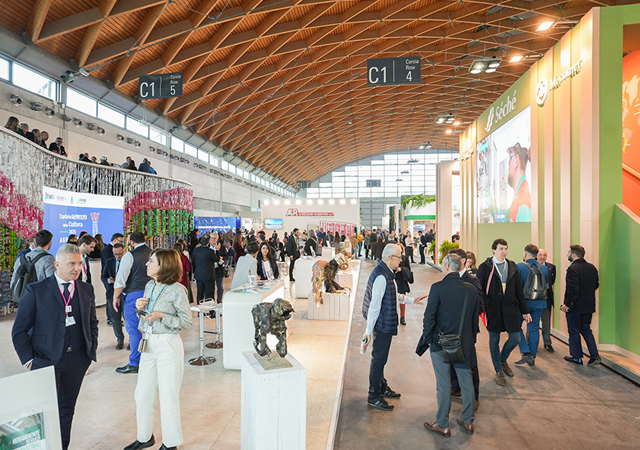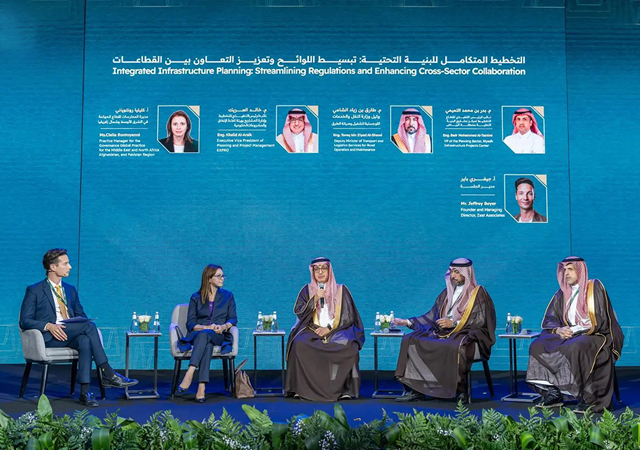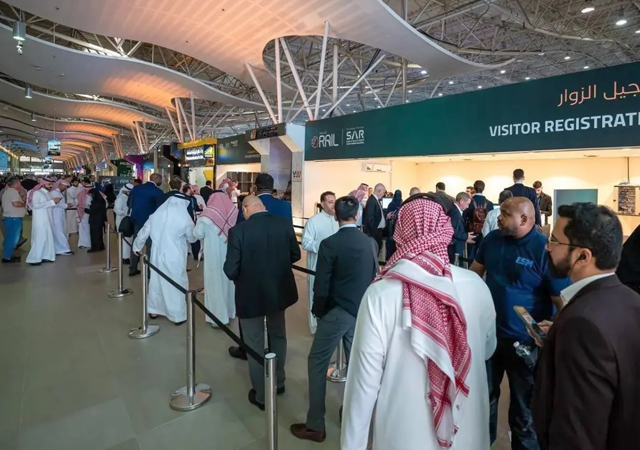 Workplaces should aim to achieve carbon neutrality.
Workplaces should aim to achieve carbon neutrality.
ENVIRONMENTALLY sustainable interiors should be a given in this age of awareness and concern of global warming. Research has proven that workplaces are more energy intensive than residences, making them a priority for sustainable design.
The universally accepted impact measurement on the environment is the carbon footprint it creates, which is measured as CO2e (carbon dioxide equivalent), on the basis of greenhouse gas emissions, resulting from the use of materials and systems over their lifecycle. The present trend is to design workplace interiors in compliance with Leed (Leadership in Energy and Environmental Design) guidelines, issued by the USGBC (US Green Building Council), or equivalent rating systems, as a way to objectively demonstrate their environmental sustainability. However, these Leed or equivalent certified workplaces still carry a carbon footprint.
We live in an urbanised world with existing buildings already carrying a significant carbon footprint. If future workplaces are to be truly environmentally sustainable, then they have to be carbon neutral, leading to zero emission of CO2e.
Efforts are already under way to design and develop carbon neutral buildings. In order to make the existing buildings carbon neutral, focus needs to be on reshaping their interiors. The Carbon Neutral Office (CNO) is one such initiative now being promoted by dwp (design worldwide partnership) in the Asean (Association of Southeastern Asian Nations) region. This initiative is an attempt to bring about CO2e elimination for workplace interior design in both existing and new buildings. It is a relatively simple concept and focuses on three key areas: reduction in energy consumption; balancing water; and using recycled and recyclable materials and products in the workplace.
 |
Dr Zaki ... initiative. |
For energy reduction, the initiative focuses on using LED (light-emitting diodes) lights in all non-work areas and energy-efficient task lighting for work areas, as well as replacing conventional air-conditioning with chilled-beam systems and implementing bio-climatic façades integrated with lighting and air-conditioning through automation, for maximum efficiency.
To achieve water balance, the strategy is to reduce demand and promote reuse through a number of measures, including water-efficient sanitary fixtures, vacuum toilets, recycling grey water and harvesting/using rain water. The collective aim is at water neutrality. Finally, the interior design and fit-out is to be based on furniture and fixtures made from recycled materials, which have the capacity for further recycling, once their lifecycle is complete.
All the above initiatives alone may not result in full CNO but will certainly minimise the workplace carbon footprint and the remaining CO2e can be offset by recladding part of the building façade or installing roof solar panels to produce green power, which can be put back into the grid. To go a step further, buildings can also make part of their façade and roof ‘green’, which will help with thermal insulation as well as carbon sequestration.
Commitment from all stakeholders is paramount, as the CNO initiative should not stop at the work environment, but also requires behavioural changes of users. This includes minimising transportation energy by promoting mass transit, car-pooling or biking to work, and ensuring stakeholders personally embrace a commitment to sustainability beyond the workplace. For the initiative to be successful, workplaces must strive to achieve the highest Leed or equivalent rating, and regular monitoring of the carbon footprint.
Under this initiative, at its principal office in Bangkok, Thailand, dwp installed a bioclimatic façade, LED lights for non-work areas, task lights for work areas and an automation system for lighting. Leading by example, it is hoped that this CNO initiative will gain momentum for a more sustainable future.
* Dr Saeed Zaki is regional managing director (Southeast Asia) of international architecture and interior design firm dwp.




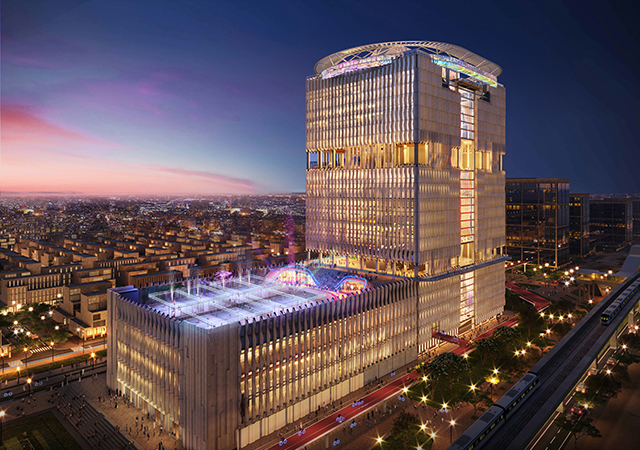
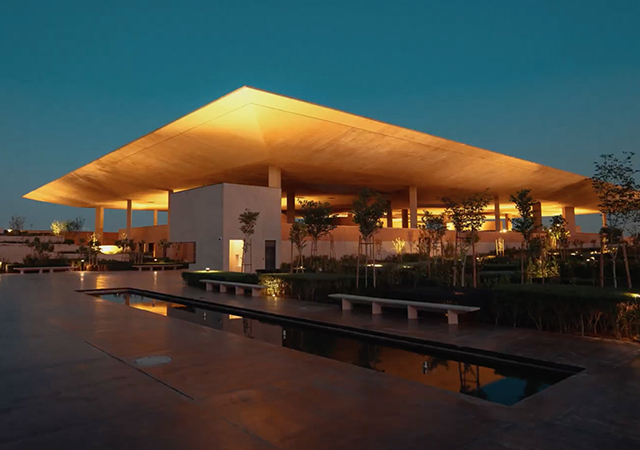
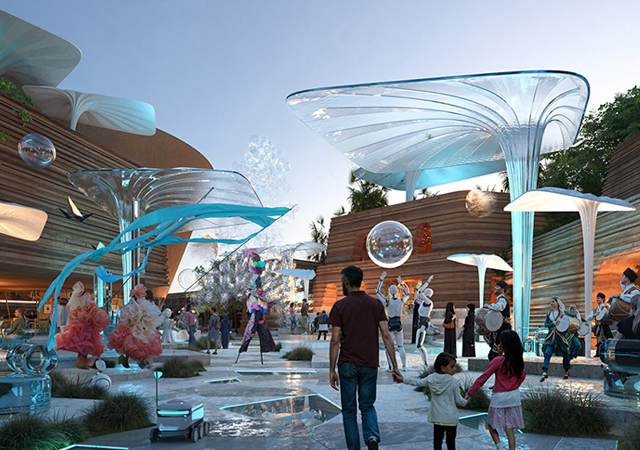



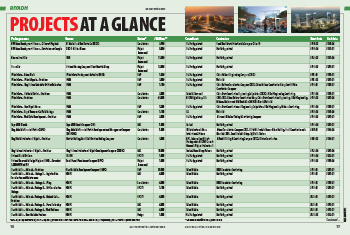
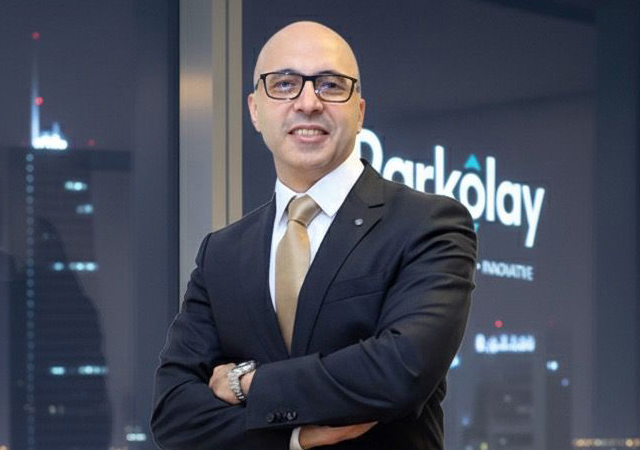



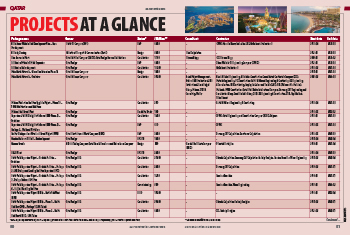
.jpg)
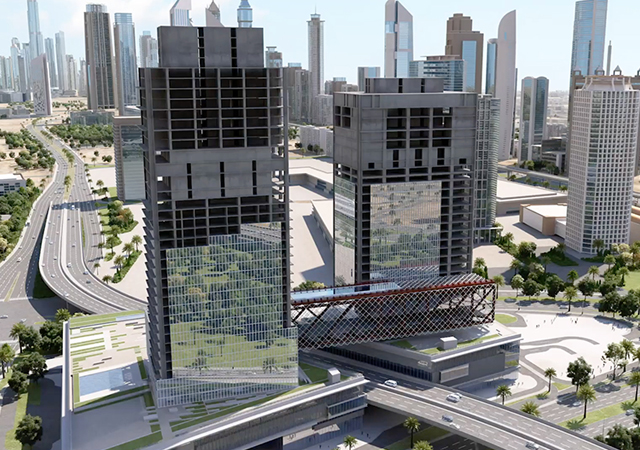
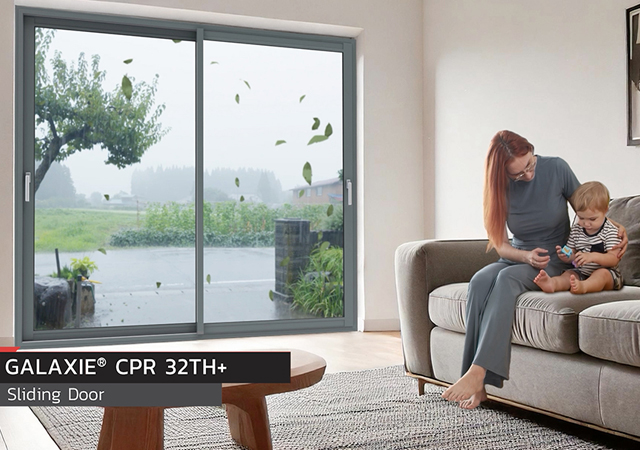

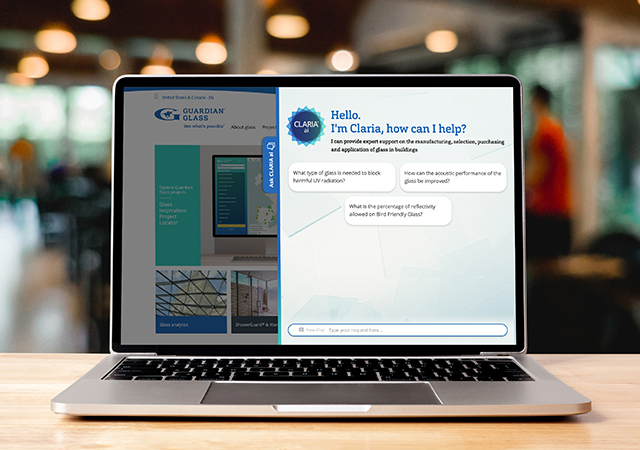

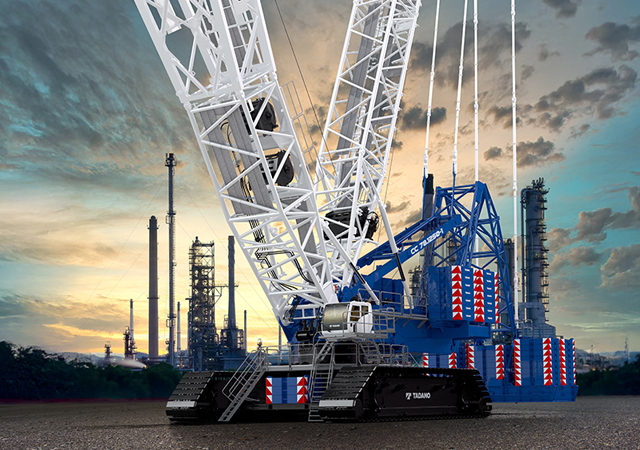


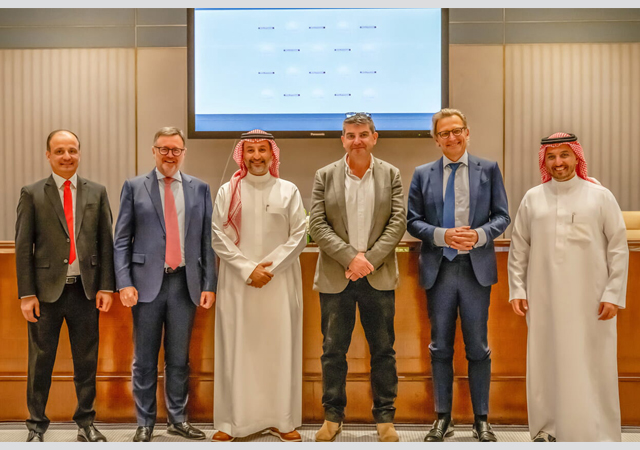

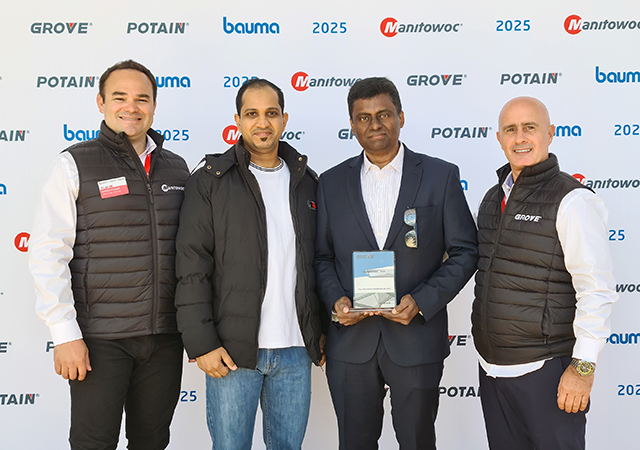
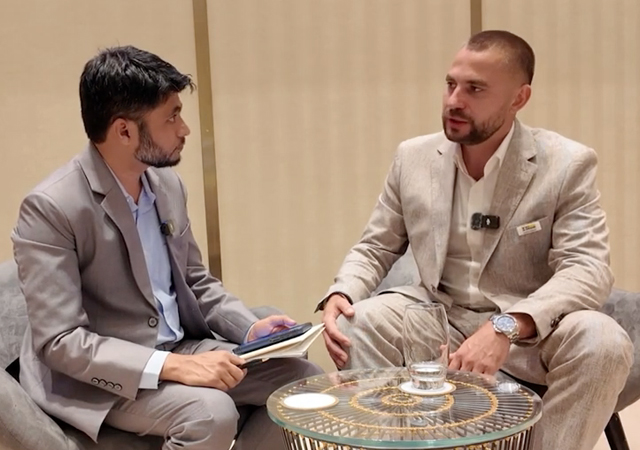
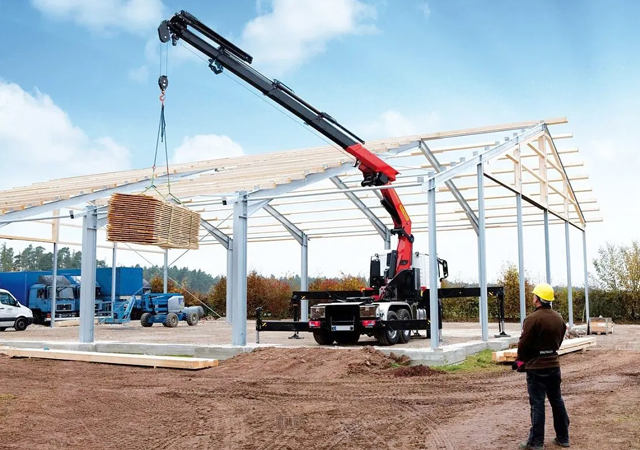
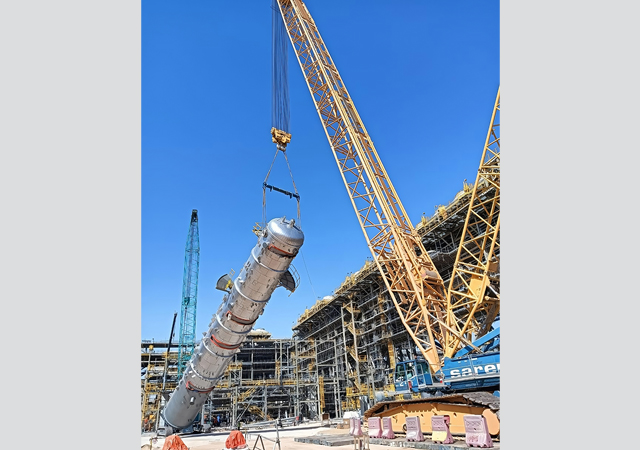
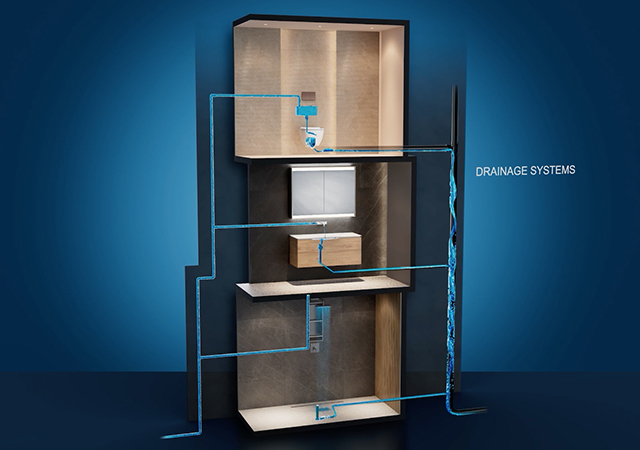
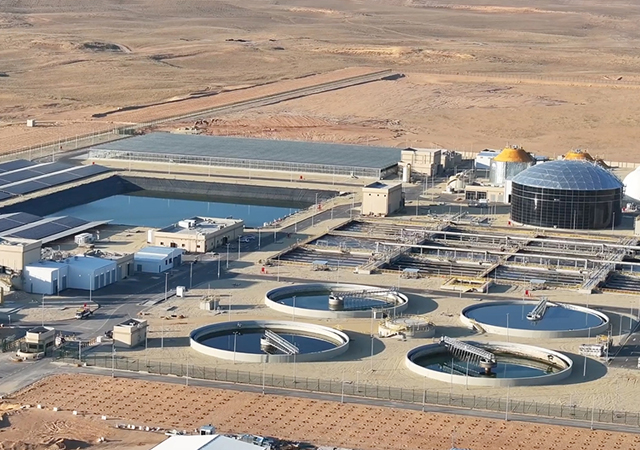

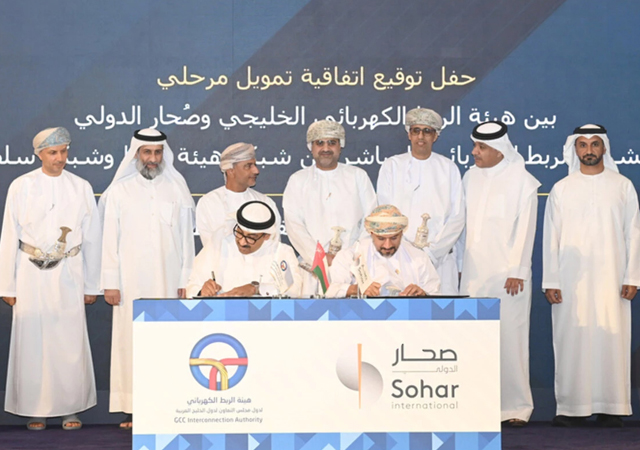
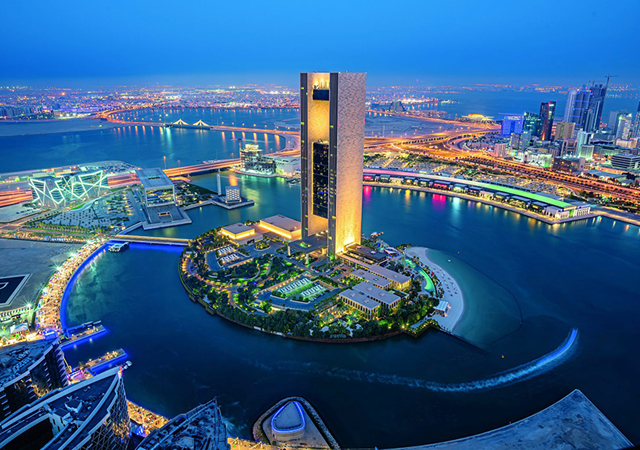
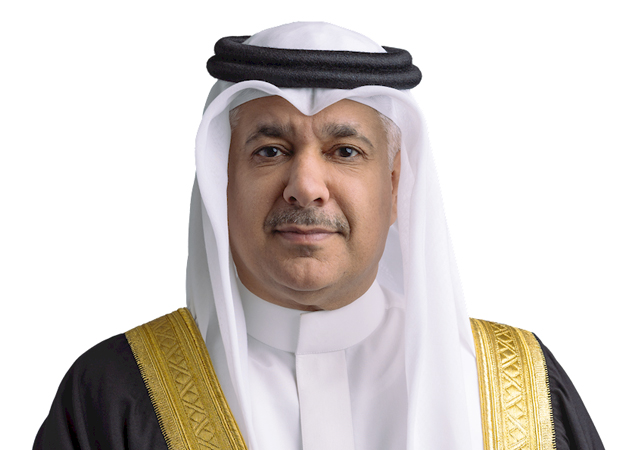



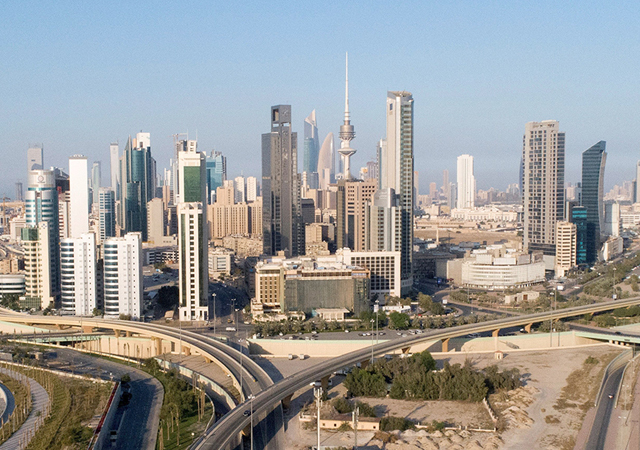
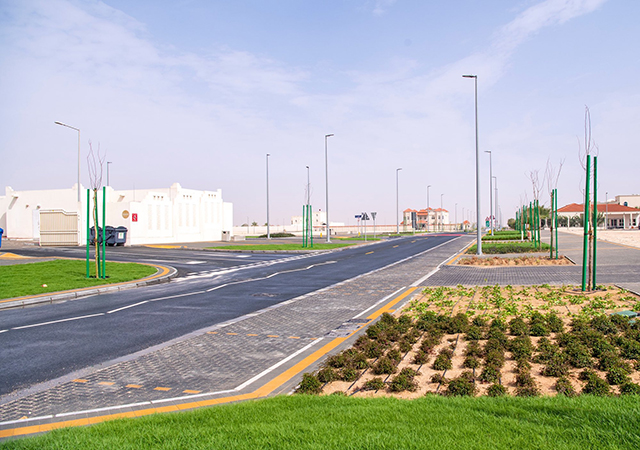

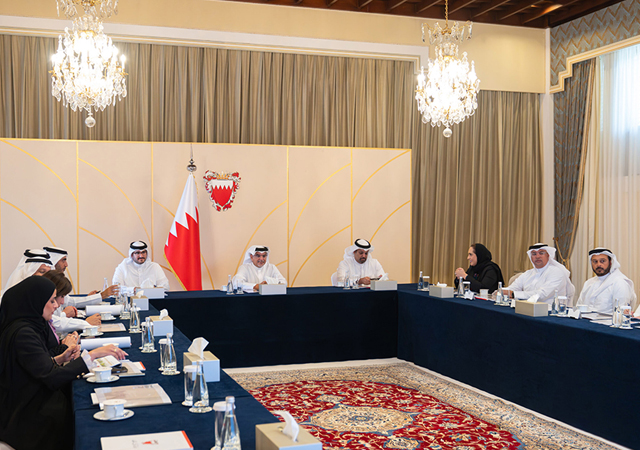



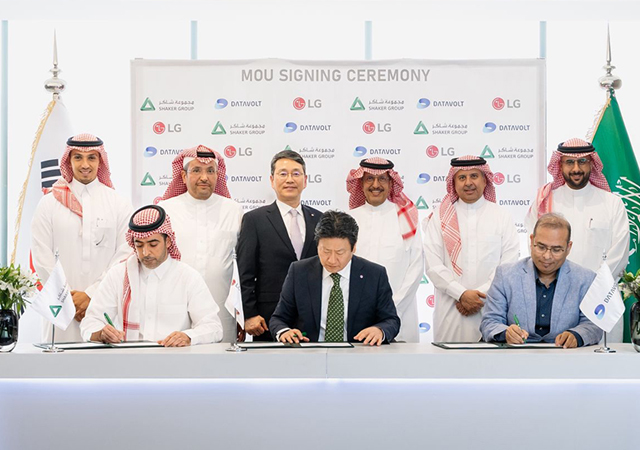
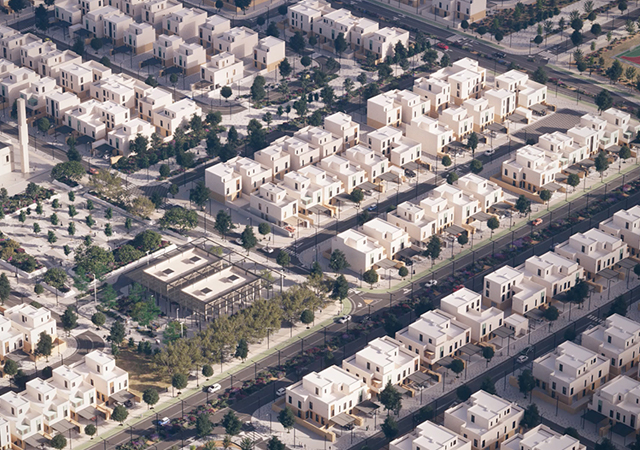
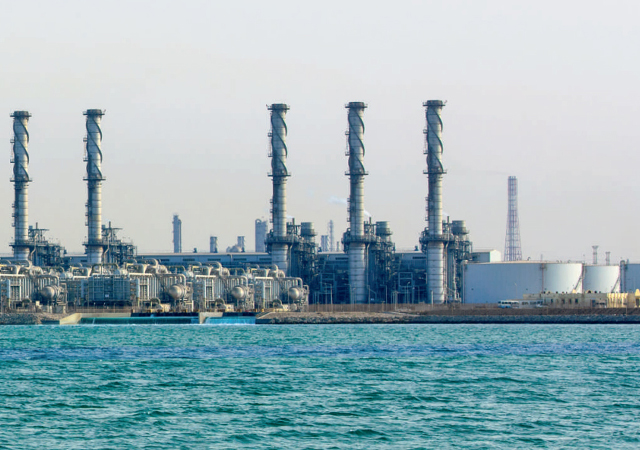
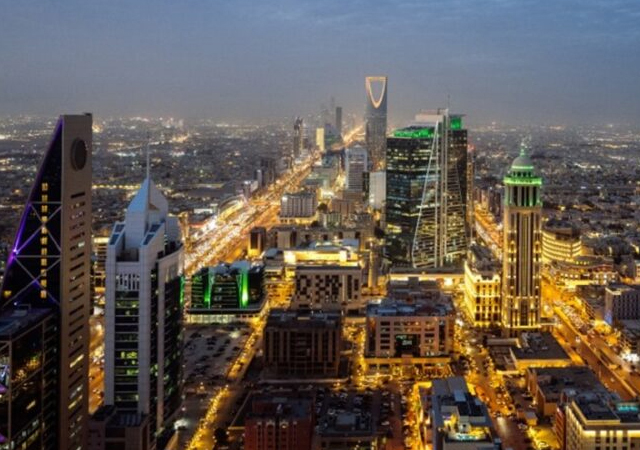
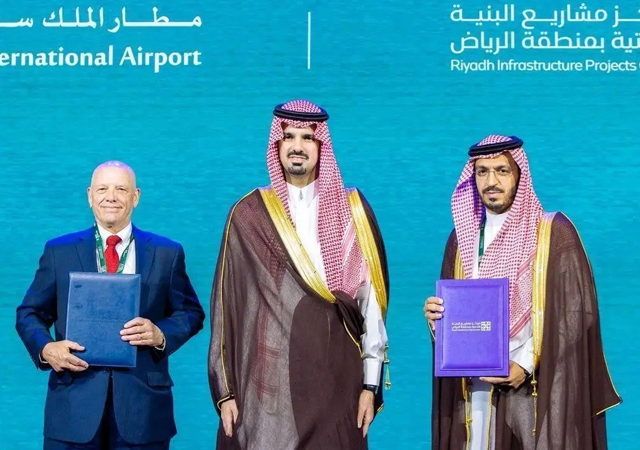
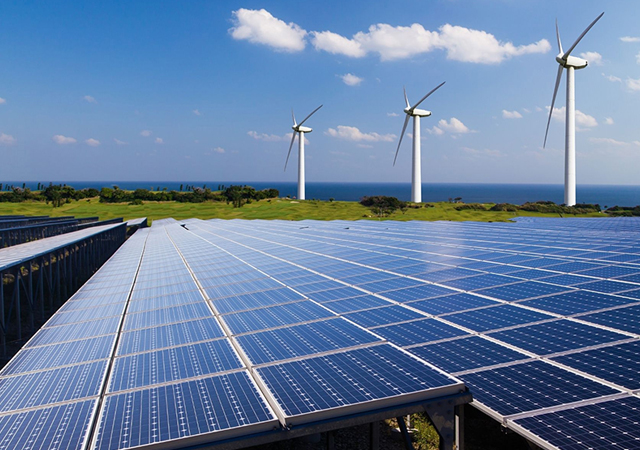
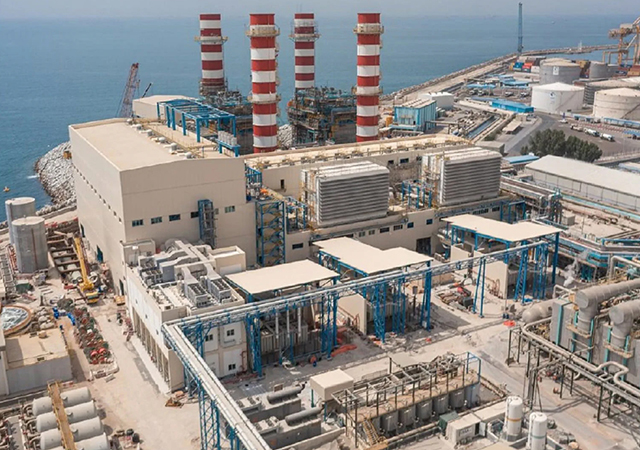


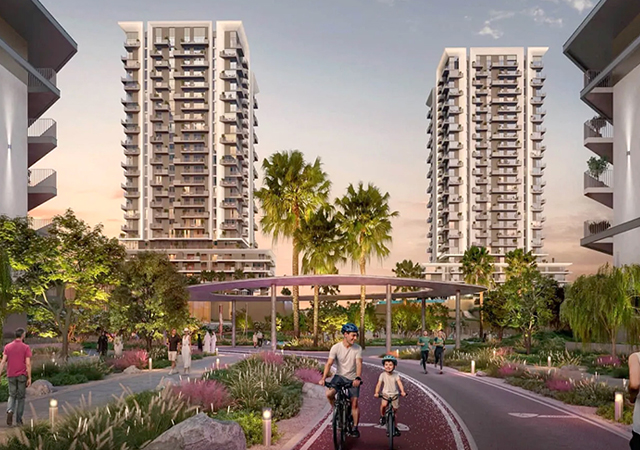
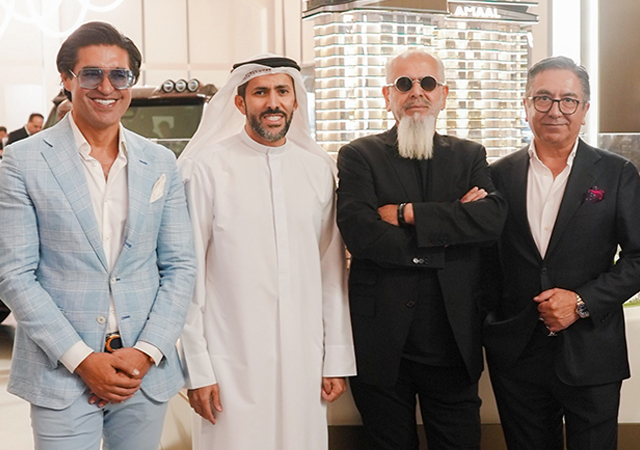


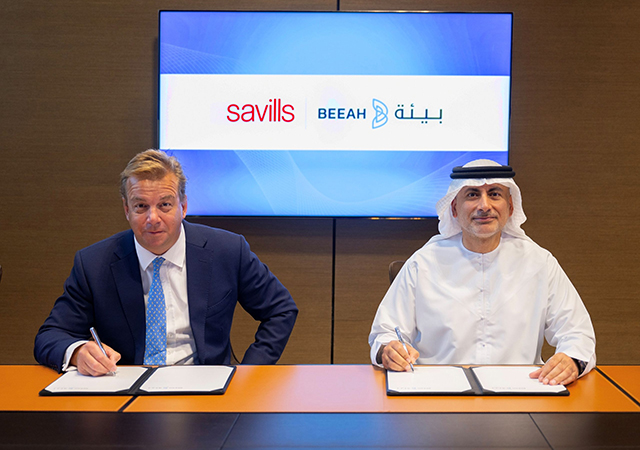

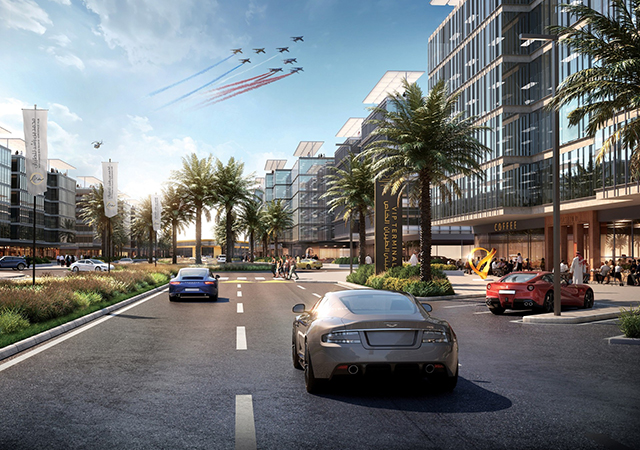

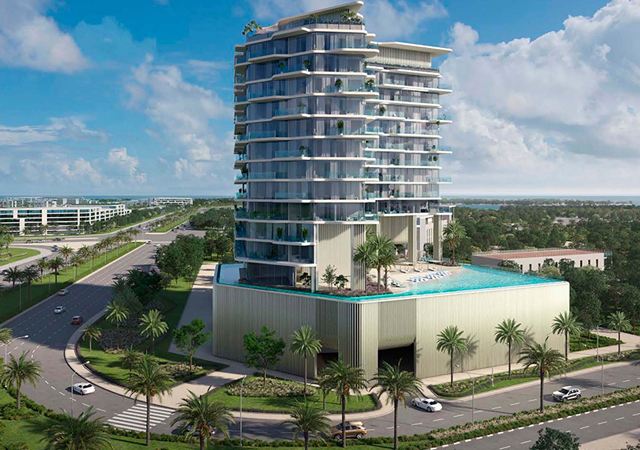


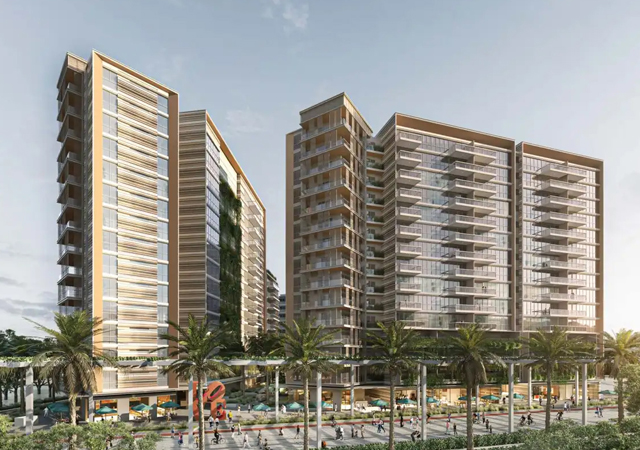
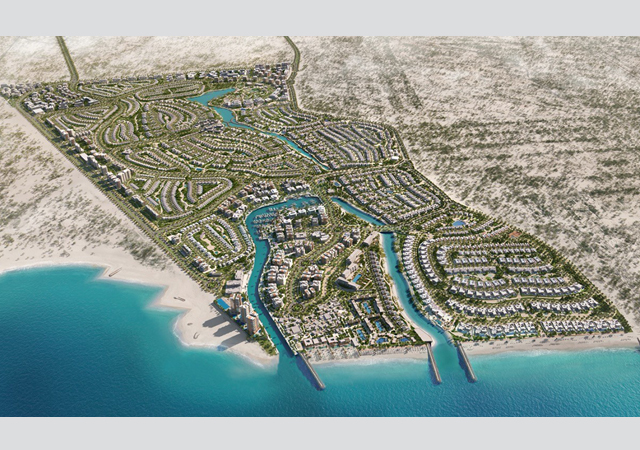
.jpg)
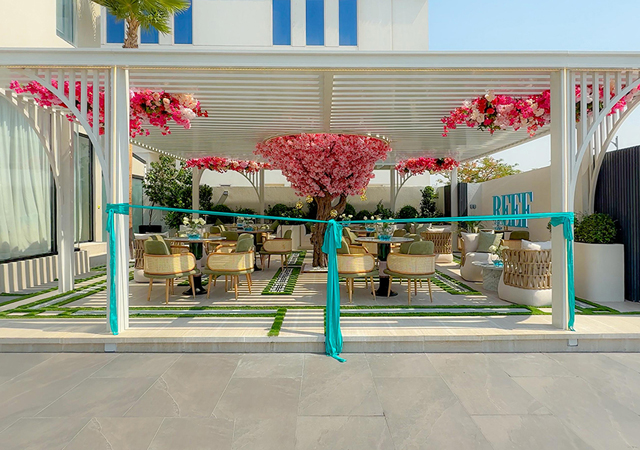
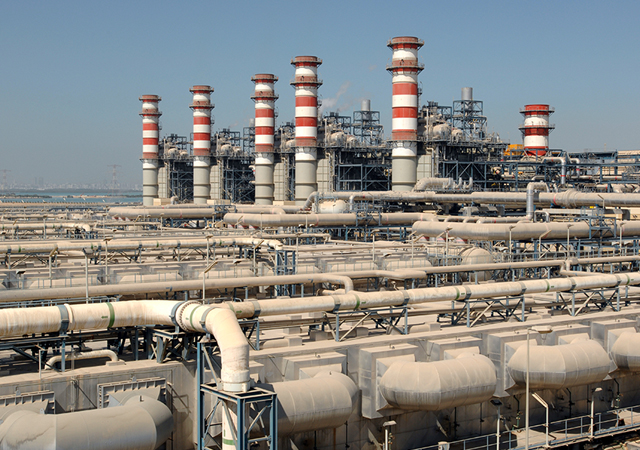
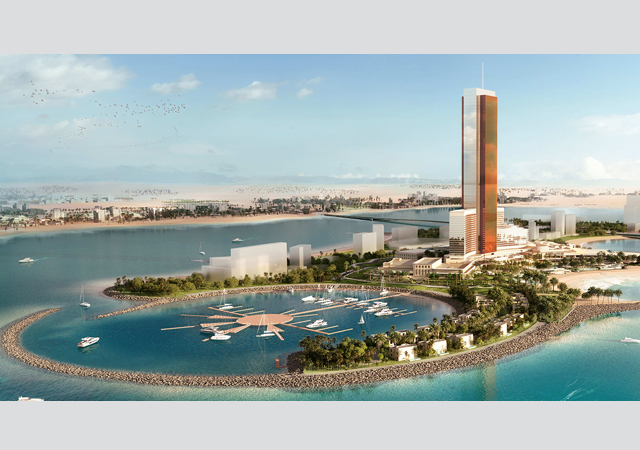
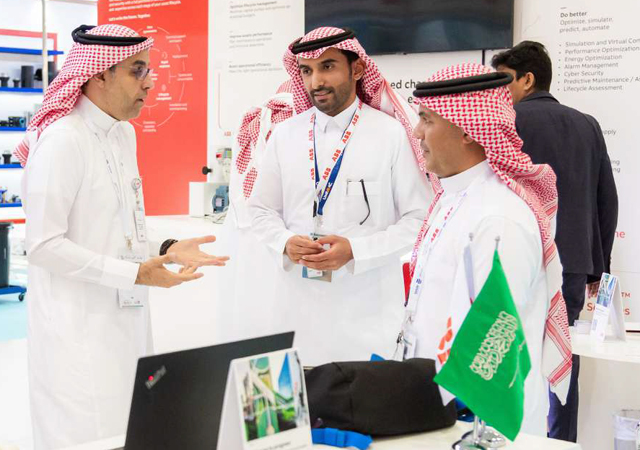
.jpg)

